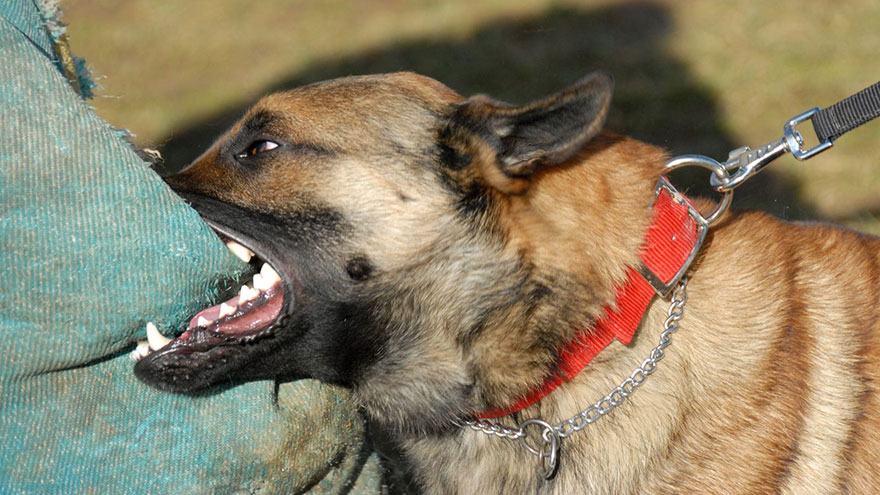How to Know If Your Pet Has Rabies
Rabies attacks the central nervous system. It lives in the saliva of infected animals, and the disease can transmit through a bite. Since the disease spreads among mammals, it is possible for humans to contract rabies. Changes in behavior and physical signs in both cats and dogs help to indicate rabies. Although you may not notice that your pet has a bite mark, you must never ignore the signs to protect your health and your pets.

Rabies in Cats
1. Examine subtle changes in your cat.
If your cat typically is quiet and shy, but has become agitated or active then this is a sign to notice. An active cat may appear shy or nervous as well. Look at your cat’s pupils to see if they appear dilated, and see if the cat has any excessive drooling. Your cat may also try to bite objects that are not there. During this first phase of rabies, you will need to contact your vet as soon as possible to prevent health dangers.
2. Notice aggressive changes in your cat.
After two to three days of behavioral changes, your cat may have a change in appetite. Your cat may try to eat things like sticks or stones, or walk around aimlessly. The tone of your cat’s voice may begin to change at this point, and your cat may have aggressive behaviors toward you.
3. Take your cat to the vet to run rabies tests.
Keep the cat isolated from other pets and people. You may need to call animal control if your cat becomes violent because you do not want to contract the rabies.
Rabies in Dogs
1. Pay attention to subtle changes in your dog.
The tone of your dog’s bark may change, the dog may have a fever and may even have a loss of appetite. This early stage of rabies lasts two to three days. When you notice that your dog appears to be in a different mood, or constantly biting or chewing at the bite sight, you will need to keep it isolated from other pets and people and see a veterinarian immediately.
2. Notice changes in the dog’s temper.
Your dog may appear to attack things without any warning, or begin chewing or trying to eat objects that are not eatable.
3. Examine the dog’s pupils.
If they appear dilated and the dog has become irritable or restless, your dog may have entered the second stage of rabies.
4. Examine your dog’s jaw.
Dogs that have rabies will have paralysis of the jaw. They will appear as if they are choking or they will have a hard time swallowing. This indicates the final stage of rabies, and your dog will need immediate vet attention. The dog will need to be euthanized at this stage because there is not a cure for rabies.
5. Keep the dog isolated, and call animal control or the assistance of a professional at this stage to prevent the spread of rabies.
Tips and Warnings
- Other signs of rabies in both cats and dogs include erratic behavior, seizures, trembling and foaming at the mouth.
- Always have a licensed vet give your pet rabies shots to prevent spreading the disease.
- If you are bit or scratched by a stray animal, call your doctor immediately. You cannot tell if a wild animal has rabies simply by looking at them.
You Might Also Like :: What Is Canine Nuclear Sclerosis?

